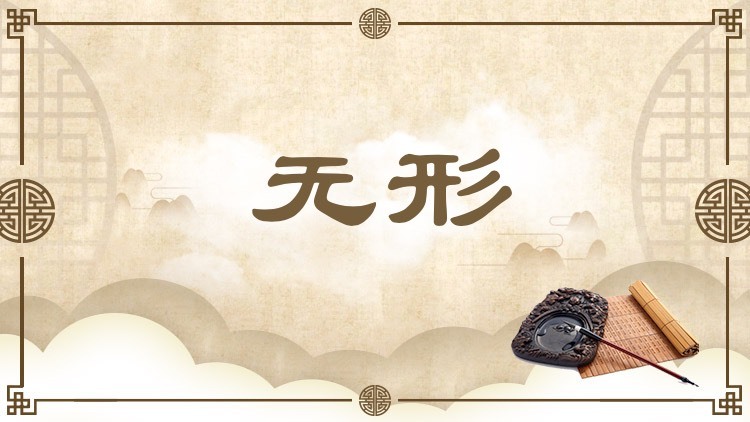Incorporeal

没有形体,与“有形”相对。“无形”意味着不具有形体所包含的大小、长短、轻重等属性,也没有形体所标示的界限。“无形”之物又可分为不同的类型:如“气”,虽不可目见其形体,但可以被感受到;如“道”,则无法用感官感知,因而也无法用具体的名称来加以指示。古人一般认为,“无形”者构成了“有形”之物赖以生成和变化的本体或本原。
As opposed to youxing (有形 corporeal), wuxing (无形) literally means "incorporeal" or "formless." The incorporeal cannot be described using such formal measurements as size, length, and weight, thereby they are lacking the formal confines that separate one thing from another. There are several types of incorporeal things. Qi, as one example, cannot be seen but can be felt. The Way (Dao), as another, can neither be seen nor be felt and therefore cannot be designated by a name. In ancient times, it was generally recognized that the incorporeal serve as the nature of or origin for the generation and changing of the corporeal.
引例 Citation:
◎太虚无形,气之本体,其聚其散,变化之客形尔。(张载《正蒙·太和》)
太虚是无形的,是气的本来状态,气或聚或散,不过是太虚变化的暂时形态罢了。
Taixu, or the great void, is formless; it is the original state of qi. Whether qi coalesces or dissipates, it is just a temporary form of taixu. (Zhang Zai: Enlightenment Through Confucian Teachings)
推荐:教育部 国家语委
供稿:北京外国语大学 外语教学与研究出版社
责任编辑:钱耐安





